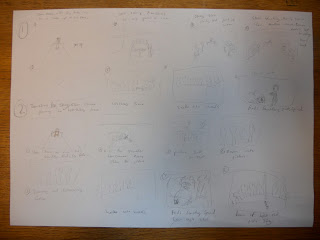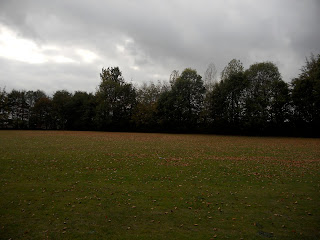From watching many different styles and genres of children's films, our group have designed a storyboard using various different themes that childrens films present. For example, we wanted to create an adventurous, sci fi like, quest film, that children could follow but still be gueesing, and using there own imagination to decide for themselves what the story means to them.
We begin our storyboard with a slow zoom, long fade with the camera facing a boy sat in the centre of a room. This boy is facing the camera, and on his desk in front of him is a picture. A picture of a woodey setting where later on in the opening scene, the picture becomes real.
We begin our storyboard with a slow zoom, long fade with the camera facing a boy sat in the centre of a room. This boy is facing the camera, and on his desk in front of him is a picture. A picture of a woodey setting where later on in the opening scene, the picture becomes real.

































 1) After day dream transition, next shot establishes scene in characters point of view, camera moves from left to right, imitating the characters moves.
1) After day dream transition, next shot establishes scene in characters point of view, camera moves from left to right, imitating the characters moves. 














